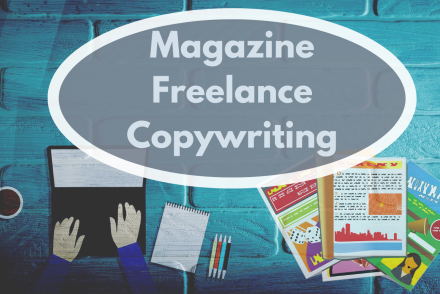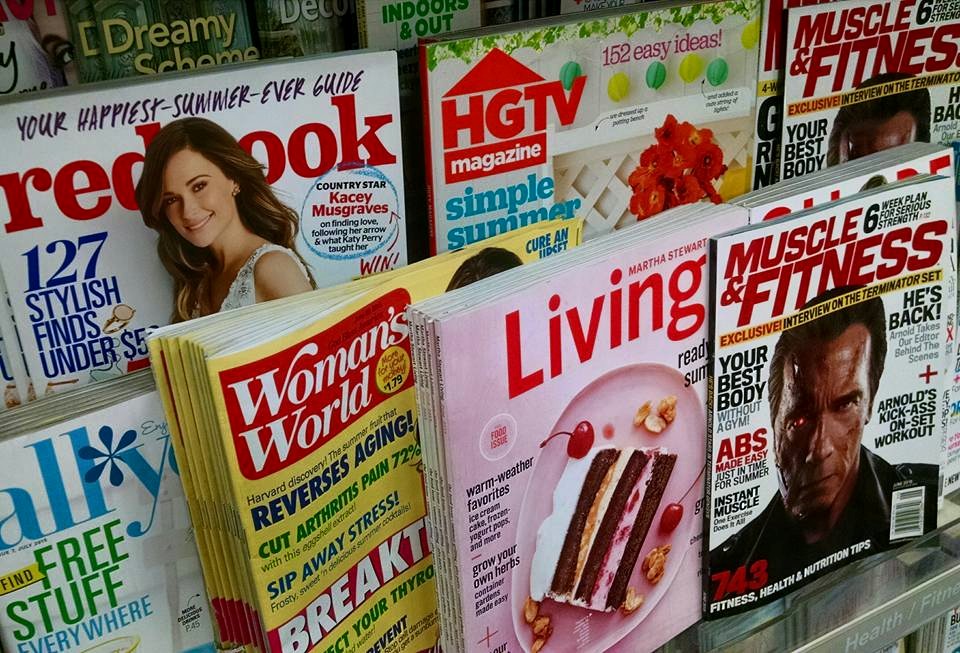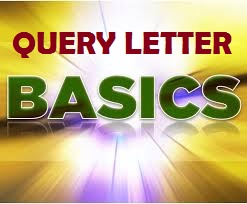
The Craft of Realism: Writing Authentic Medical Emergency Scenes in Fiction
Medical scenes can be a great way to explore the natural drama of life. These types of events frequently…
April 14, 2024
Medical scenes can be a great way to explore the natural drama of life. These types of events frequently…
April 14, 2024
“Slant” is a commonly used, every day word. You can slant things to the left or the right or…
April 14, 2019
As a long-time writer for magazines and a former magazine editor, there are some basic truths about publishing in…
October 13, 2017
When you boil it down to the basics, writers and editors are both seeking the same thing: excellent writing. …
September 13, 2017
“Me, write for magazines? Never. I barely have the energy or expertise to write my book, let alone write…
July 28, 2017For most magazine articles, I need information beyond what I have myself. To gather this information, I will…
June 12, 2017
If you’ve never done an interview with someone else, the thought can be frightening. I want to take…
May 12, 2017
As a former magazine editor and someone who has written for many publications, I’ve got good news. Every magazine…
April 12, 2017
Over the last twenty-five years, books have been my passion and the bulk of my writing life. It’s not where I began…
February 12, 2017
I love print magazines and I take a number of them as a subscriber. When they arrive, frequently I…
January 12, 2017
How do you write your magazine article? Let’s explore the details in this article. As a long-time journalist…
November 12, 2016
by Terry Whalin The bulk of my magazine writing is done on assignment. How do you get an assignment?…
September 10, 2016
Professional, friendly and witty are words I use to describe Lori. I met her at the Blue Ridge Mountain…
December 16, 2015
When I first heard the phrase, “Query letter” I was confused and embarrassed. I did not know what a…
September 18, 2015